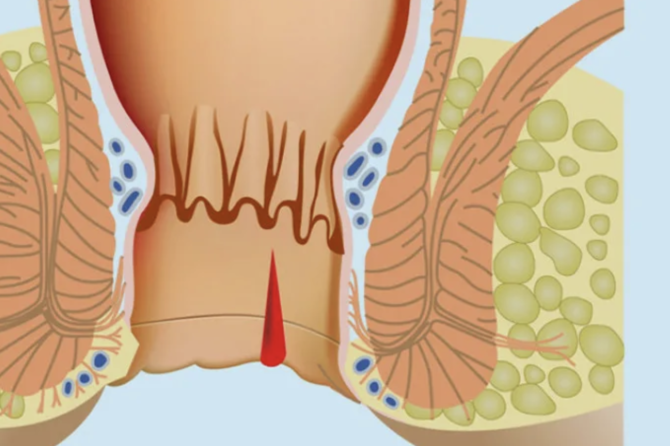
What Are the Causes of Hemorrhoid Pain?
Hemorrhoids are defined as swollen veins in the anus and rectum area and are commonly known as piles. This condition usually occurs when blood vessels expand and swell, causing noticeable pain and discomfort, particularly in the case of external hemorrhoids. Hemorrhoids are classified into two main categories: internal hemorrhoids, which are located inside the rectum and can be painless, and external hemorrhoids, which develop outside the anus and lead to more painful and uncomfortable symptoms. Therefore, understanding the causes of hemorrhoid pain is essential to alleviate the discomfort and maintain daily life quality.
Hemorrhoid pain can result from various factors, such as inflammation of the veins, constant pressure, or irritation. Constipation, diarrhea, straining, pregnancy, and heavy lifting are some factors that cause the swelling and pain associated with hemorrhoids. Prolonged inactivity or sitting for long periods can also strain the veins, exacerbating hemorrhoid pain. Controlling these factors that contribute to hemorrhoids is crucial for reducing symptoms and achieving relief.
Main Causes of Hemorrhoid Pain
One of the primary causes of hemorrhoid pain is the swelling and inflammation of the veins. When pressure around the veins in the anus and rectum increases, it prevents the proper circulation of blood, leading to pain. The swelling of veins causes noticeable pain and discomfort, especially with external hemorrhoids. This increase in pressure leads to the expansion of blood vessels, which triggers the formation of hemorrhoids.
Inflammation is another main reason behind hemorrhoid pain. Inflammation of the veins can be related to conditions that affect the vascular structure, such as vasculitis. The pain associated with inflammation is typically accompanied by symptoms like burning and itching. Vasculitis can alter the structure of the veins, thereby increasing hemorrhoid pain and requiring treatment.
Irritation of Veins and Sedentary Lifestyle
Vein irritation plays a significant role in intensifying hemorrhoid pain. A sedentary lifestyle and prolonged sitting can slow blood flow around the anus, causing irritation. People with a sedentary lifestyle or those who constantly sit for long periods may experience increased swelling and hemorrhoid pain. Additionally, activities like desk jobs can increase the risk of hemorrhoids and lead to pain.
Dietary habits are also among the factors that influence hemorrhoid pain. Individuals who do not consume foods rich in fiber have an increased risk of constipation, which can lead to straining during bowel movements and exacerbate hemorrhoid pain. Regular fiber intake and drinking plenty of water help soften the stool, which can reduce the pain.
Treatment Methods to Reduce Hemorrhoid Pain
Various treatment methods are available to reduce hemorrhoid pain. Medication is one of the most common approaches, with pain-relieving ointments and analgesic creams providing temporary relief when applied around the anus. However, these medications do not completely treat hemorrhoids; they only offer a solution to alleviate symptoms.
In more advanced cases, surgical intervention may be necessary. Depending on the size of the hemorrhoids and the stage of the condition, the doctor may consider options such as removal, banding, or laser treatment of hemorrhoids. Surgical intervention provides a permanent solution, particularly in cases where medication is insufficient, and significantly improves the patient’s quality of life.
Leave a reply

Leave a reply